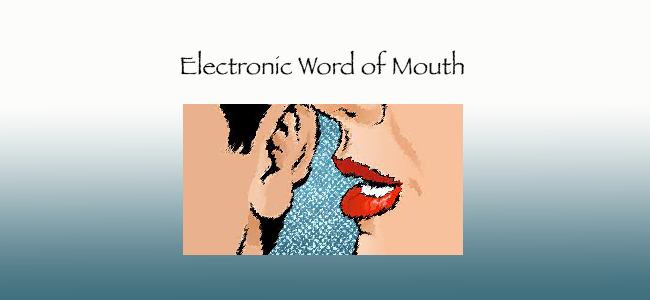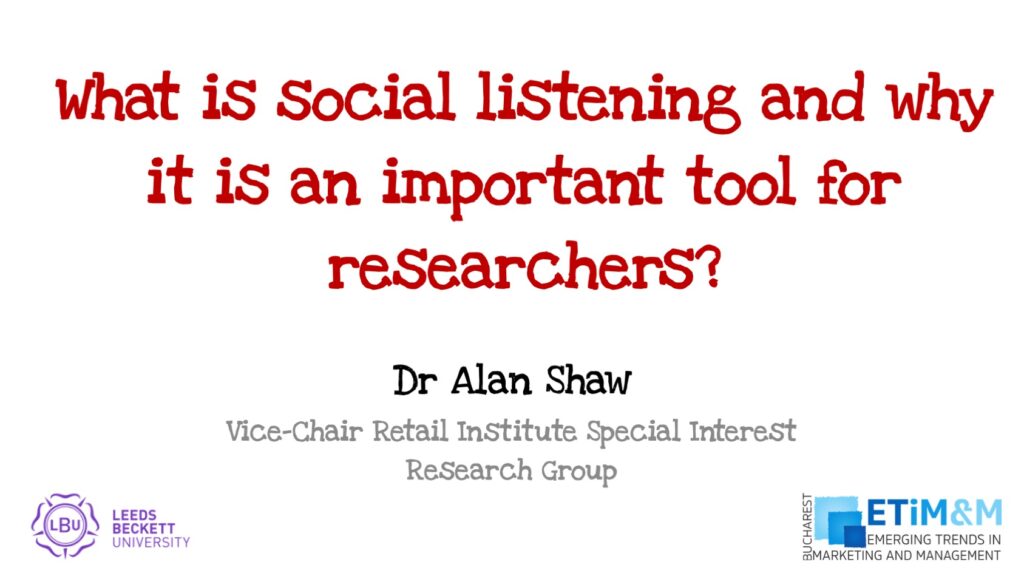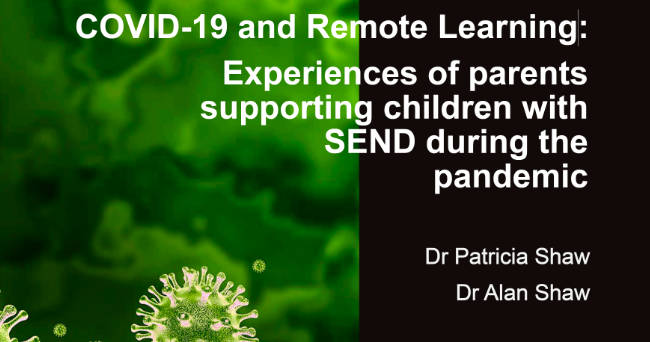
The Word of Mouth concept is arguably as old as time, or at least that period when humans began to evolve. It relates to individuals communicating and/or sharing stories. The earliest examples are cave paintings which, date back to a point between 15000 and 13,000 B.C., although some may argue that this was not strictly a ‘Word of Mouth’ process, because no speaking took place. Today the concept has evolved to what is now known as ‘Electronic Word of Mouth’ or ‘e-Word of Mouth’. As with the cave paintings, e-Word of Mouth may not provide a physical voice (although it is possible through videos and podcasts).
From a marketing point of view, word of mouth communication (traditional and electronic) plays a big part in shaping consumers’ attitudes and behaviours. The advent of the internet and mobile applications mean that individuals can voice their opinions about brands whenever they want. A good example of this is Tripadvisor (see figure 1).
[image source_type=”attachment_id” source_value=”2733″ caption=”Figure 1: Tripadvisor: an example of e-word of mouth.” align=”center” icon=”zoom” size=”small” fitMobile=”true” autoHeight=”true” quality=”100″ lightbox=”true”]
As marketers we are generally unable to deal with the traditional aspects of word of mouth communication because it is physically not possible to engage with everyone who might be talking about your brands. We can however monitor the ‘electronic airways’: to maximise your reach you will need to invest in specialist analytical software (which is not cheap): platform examples include Sysomos Heartbeat, Digimind and Salesforce Marketing Cloud’s Social Studio. Figure 2 illustrates an example of the output you would see from Sysomos Heartbeat.
[image source_type=”attachment_id” source_value=”2735″ caption=”Figure 2: An example of the output you would see from Sysomos Heartbeat.” align=”center” icon=”zoom” size=”small” fitMobile=”true” autoHeight=”true” quality=”100″ lightbox=”true”]
This means that marketers have to adopt new processes to monitor, review and action positive as well as negative comments about the brand. Depending on the size of the brand, organisations may decide to do this with a dedicated team (a single individual will not be able to keep up with the 24/7 exposure of the internet), an outsourced team or have it as a new responsibility within your existing team. A clear strategy will be needed, giving precise direction to staff on what they should and should not be saying and which types of messages they should be interacting with. It integrates the ‘Public Relations’ (PR) domain firmly into the fold of marketing.
Why is the consideration of e-Word of Mouth (e-WOM) so important? The answer is simple, studies have shown that, in general, there are two important groups of people when it comes to e-WOM: those who prefer to post positive comments and those who prefer to post negative ones. It has also been established that negative e-WOM comments have a greater impact on consumer behaviour than the positive ones. There is caveat: the impact will depend on the ‘receivers’ relationship with the ‘sender’. Stronger ties will be more influential than weaker ones. As marketers we are unlikely to be able to establish such relationships. What we can do is look at the balance of the sentiments being posted. If the negative feelings are more significant than the positive ones, then action needs to be taken. But what is significant I hear you say: it does not have to be a majority and the numbers are likely to change depending on the context. You could perform a statistical test, but operationally it may be easier to place your trust in the skills and intuitiveness of the team managing the process. You should also be wary of key opinion leaders (could be celebrities) who may have a greater influence over others.
That completes this brief review of the ‘importance of e-Word of Mouth in marketing’. If you need any help with the process then please drop me a line.
Alan Shaw
Latest posts by Alan Shaw (see all)
- What is social listening and why it is an important tool for researchers? - July 31, 2021
- COVID-19 and Remote Learning: Experiences of parents supporting children with SEND during the pandemic. - June 30, 2021
- Using Netnography To Evaluate The Launch And Collapse Of The European Super League - April 21, 2021
- Developing Semi-Structured Interview Questions: An Inductive Approach. - April 9, 2020
- Developing Semi-Structured Interview Questions: A Deductive Approach - April 9, 2020














